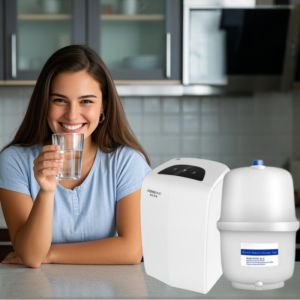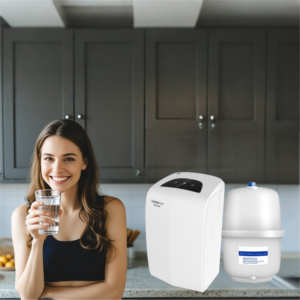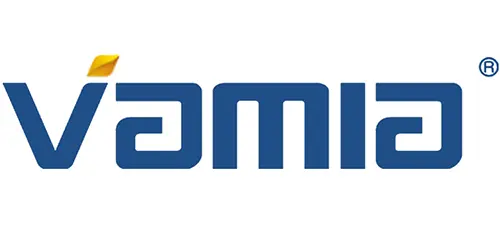The Field of Water Purifier Technologies Is Constantly Evolving

Ion Exchange Technology
Ion exchange technology is particularly useful for removing specific ions from water. This technology involves the use of ion exchange resins, which are small, insoluble particles with charged sites. These resins can exchange one type of ion for another. For example, in water softening applications, cation exchange resins are used to replace calcium and magnesium ions (which cause water hardness) with sodium ions. When hard water passes through the resin bed, the calcium and magnesium ions are attracted to the resin’s negatively charged sites and are exchanged for sodium ions.
Ion exchange technology can also be used to remove other harmful ions such as lead, copper, and nitrate from water. However, the resin needs to be periodically regenerated to maintain its effectiveness. This is usually done by passing a concentrated solution of the replacement ion (such as brine in the case of water softening) through the resin bed, which displaces the accumulated ions.
Water Purifier Factory, Water Purifier For Home, Water Purifier Machine, Water Purifier, Water Filter Purifier System
Ultraviolet (UV) Disinfection
Ultraviolet disinfection is a chemical – free method of purifying water. It involves the use of ultraviolet light with a specific wavelength, typically around 254 nanometers. When water is exposed to this UV light, the DNA or RNA of microorganisms such as bacteria, viruses, and protozoa is damaged. This damage inhibits their ability to reproduce and causes them to become inactive or die.
UV disinfection is highly effective in killing a wide range of pathogens and is often used as a final treatment step in water purification systems. It is a popular choice for applications where chemical disinfection is not desired, such as in the purification of drinking water for individuals with chemical sensitivities. However, UV disinfection does not remove physical contaminants or chemical pollutants from the water, so it is usually used in combination with other filtration methods.
Conclusion
The field of water purifier technologies is constantly evolving, with each technology offering unique advantages and capabilities. Reverse osmosis, ultrafiltration, activated carbon filtration, ion exchange, and ultraviolet disinfection are just some of the key technologies that are currently being used to ensure the availability of clean and safe drinking water. By understanding these technologies, consumers can make more informed decisions when choosing a water purifier that best suits their specific needs, whether it’s for removing heavy metals, eliminating microbiological contaminants, or simply improving the taste and odor of water. As water quality challenges continue to persist, the development and refinement of these technologies will remain crucial in safeguarding public health and well – being.
The Field of Water Purifier Technologies Is Constantly Evolving

